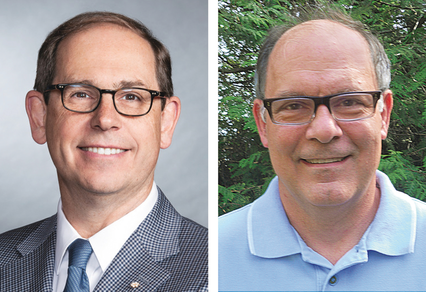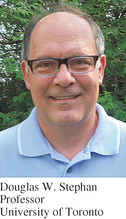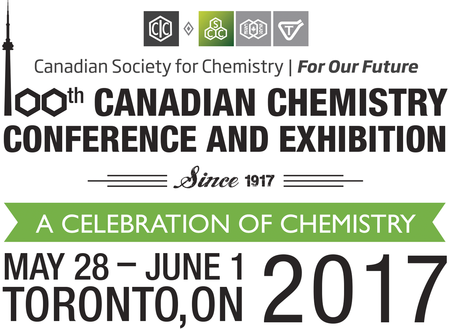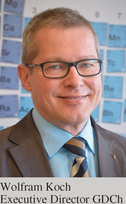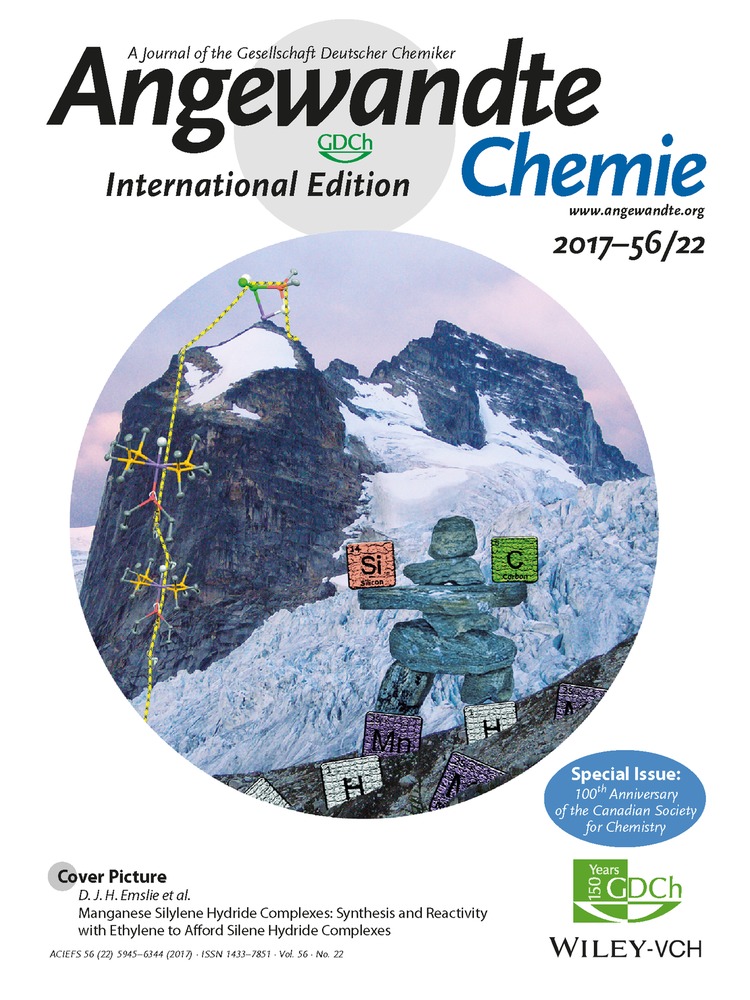Guest Editorial: Celebrating Canadian Chemistry
Graphical Abstract
“… This issue of Angewandte Chemie commemorates the 100th anniversary of the Canadian Society for Chemistry. It contains contributions from Canadian and German chemists covering a broad and diverse array of subject areas. We are proud to reflect on the accomplishments of the Canadian chemical community and are excited about what the future holds …”
Over the years, the Canadian academy grew and produced successful Canadian-born researchers. Internationally renowned chemists such as Ray Lemieux and E. W. R. Steacie were models of excellence for the next generation. Other Canadian-trained chemists went on to success around the world. Nobel Laureates Rudy Marcus and Henry Taube, for example, were educated in Canada, but achieved their research breakthroughs in the USA.
Canada's population has almost doubled over the past 25 years (to ca. 35 million), and the academy has also expanded by recruiting highly qualified people from within Canada and globally. Scientists in Canada continue to benefit from the interactions with experts from around the world, either among their colleagues, or by international collaborations. Prominent among such international relations have been collaborations between Canadian and German chemists. These links have grown dramatically in the past three decades. This development has been motivated by the world-leading science that has characterized German academia for generations, but also by Germany's sustained efforts to be among the world leaders in internationalizing science. Landmark programs including fellowships from the Alexander von Humboldt Foundation and the DAAD (Deutscher Akademischer Austauschdienst; German Academic Exchange Service) as well as the International Research Training Groups (IRTG) supported by the DFG have been critical in these efforts. Such support has facilitated an increasing number of German undergraduate and graduate students as well as postdoctoral fellows choosing to pursue “foreign training” in Canada. At the same time, the Natural Sciences and Engineering Research Council of Canada (NSERC) has supported Canadian students looking for opportunities to further their education and experience abroad. Indeed, Germany has been increasingly attractive to Canadian students with its combination of high-quality science and an interesting culture.
The Chemical Institute of Canada (CIC) has grown over the last 100 years to include chemists, engineers, and chemical technologists. The chemistry branch, the Canadian Society for Chemistry (CSC), is known to hold excellent, yet not excessively large annual conferences. These meetings traverse the country, and this year, the meeting will be held in Toronto (May 28–June 1, 2017) with Robert Batey, Chair of Chemistry at the University of Toronto, serving as Conference Chair. The centenary event promises to be the largest ever, with over 3000 abstracts submitted for presentations. With participants from across Canada and around the world, the program will be diverse and high-quality.
This issue of Angewandte Chemie commemorates the 100th anniversary of the Canadian Society for Chemistry. It contains contributions from Canadian and German chemists covering a broad and diverse array of subject areas. We are proud to reflect on the accomplishments of the Canadian chemical community and are excited about what the future holds.



